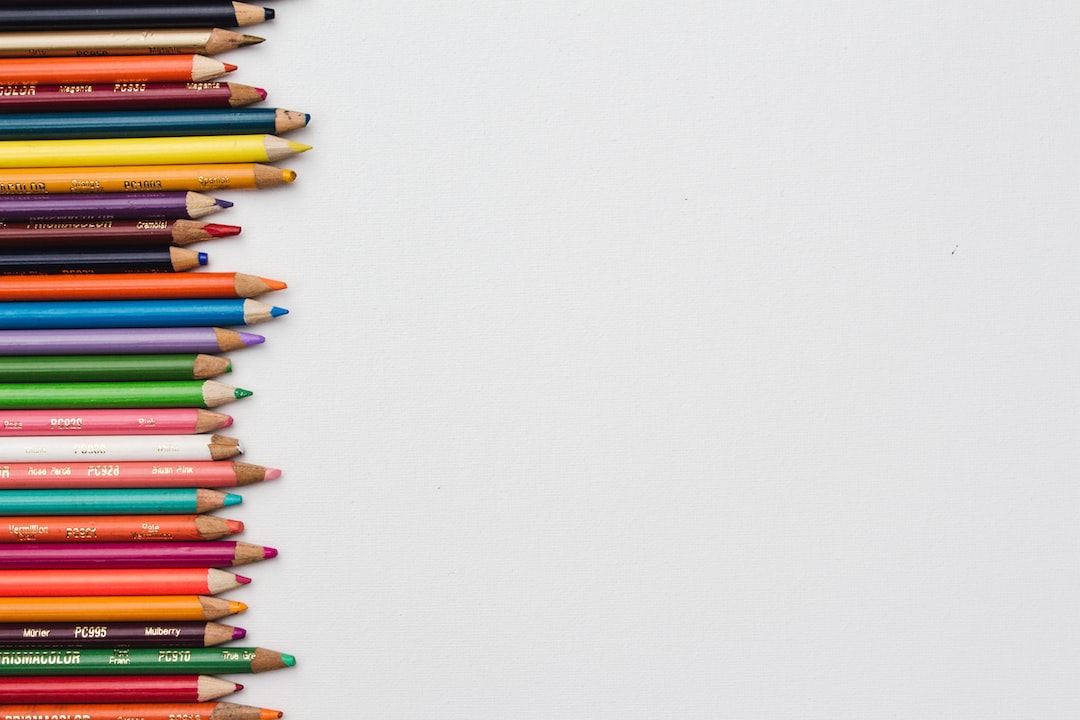The Impact of Color Psychology in Web Design
In our increasingly digital world, websites have become essential for businesses to create an online presence and connect with their target audience. However, what many people fail to realize is that the design of a website plays a significant role in shaping visitors’ perceptions and influencing their actions. One crucial aspect of web design that can have a profound impact on user experience is color psychology.
Color psychology examines how different colors can evoke specific emotions and reactions in people. By understanding the psychological effects of colors, web designers can strategically use them to create a visually appealing and impactful website. Let’s delve into the different ways color psychology can impact web design.
First impressions matter, and color is one of the primary factors that influence our initial perception of a website. When a user lands on a webpage, the color scheme is one of the first things they notice. Different colors convey different meanings and emotions, and it only takes a split second for a user to form an opinion about a website based on its color palette.
For example, blue is often associated with professionalism, trustworthiness, and reliability. This is why many corporate websites use shades of blue to convey a sense of security to their visitors. On the other hand, red is often linked to excitement, urgency, and passion. Websites that want to create a sense of urgency, such as those promoting limited-time offers or sales, often incorporate red elements into their design.
Not only does color influence our initial perception, but it also has the power to evoke emotions and shape our behavior. Warm colors like red, orange, and yellow are known to stimulate and energize viewers. These colors can be used strategically to draw attention to certain areas of a website or encourage action. For instance, a call-to-action button in a vibrant shade of orange will be more likely to grab the user’s attention and prompt them to take the desired action.
On the other hand, cool colors like green, blue, and purple have a calming effect and can create a sense of tranquility. They are often used in websites related to nature, wellness, or relaxation. By incorporating these colors, designers aim to create a soothing user experience that aligns with the website’s purpose.
In addition to conveying emotions, colors also play a vital role in improving readability and accessibility. The contrast between text and background colors is crucial in ensuring that users can easily read the content. A poorly chosen color combination can strain the eyes and make the text difficult to decipher. Designers must consider factors such as color blindness and visual impairments when selecting a color palette to ensure inclusivity and accessibility.
Another way color psychology impacts web design is through the creation of brand identity. Colors have the power to convey a brand’s values, personality, and positioning. Think about well-known brands like Coca-Cola, Facebook, or McDonald’s – their choice of colors has become synonymous with their brand identity. Color consistency across a website creates a sense of cohesiveness and helps users identify and remember a brand more easily.
When using color in web design, it’s important to consider cultural associations and individual preferences. Colors can have different meanings in different cultures, so designers must be mindful of the target audience and adapt the color choices accordingly. Moreover, individual preferences for certain colors may vary, so it’s essential to conduct thorough research and testing to ensure the color palette resonates with the majority of users.
In conclusion, color psychology plays a vital role in web design and can greatly impact users’ perceptions, emotions, and actions. By understanding the psychological effects of different colors, web designers can create visually appealing websites that draw users in, evoke desired emotions, and facilitate positive user experiences. From influencing our initial perception to shaping brand identity, color psychology is a powerful tool in the web designer’s arsenal. Therefore, a deep understanding of color psychology should be an essential aspect of any web designer’s skill set.

